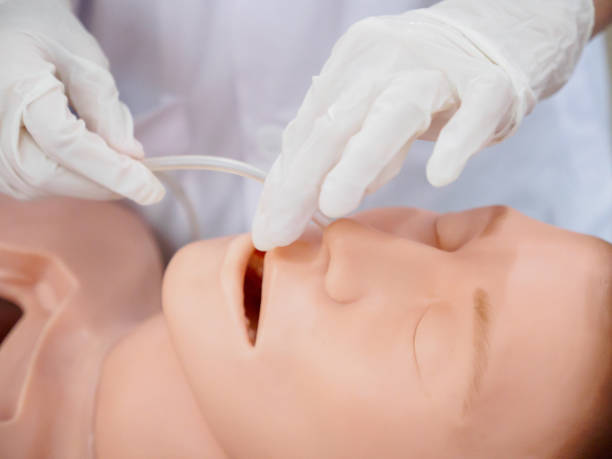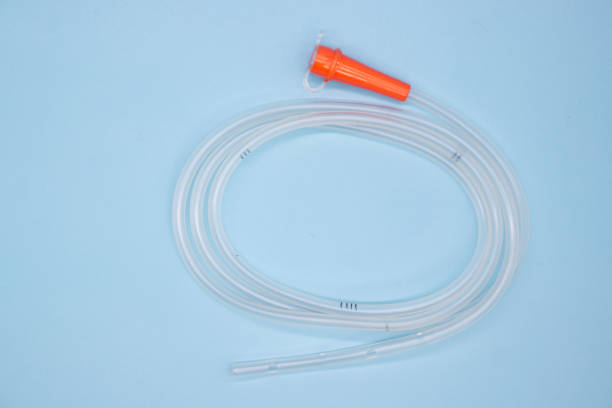
A feeding tube is a vital medical device that provides nutrition to patients who cannot eat or swallow safely. Commonly used in hospitals, long-term care facilities, and sometimes at home, feeding tubes ensure patients receive adequate calories, hydration, and medications to maintain health and recovery.
For procurement managers, wholesalers, and healthcare buyers, understanding the types of feeding tubes available, their clinical applications, and purchasing considerations is essential for meeting patient care demands.
One of the most common types of feeding tubes is the nasogastric tube, often referred to as a feeding tube in the nose. Inserted through the nostril and advanced into the stomach, this option is typically used for short-term nutritional support. Hospitals rely on this method after surgery, during recovery from illness, or in cases of temporary swallowing difficulties.
There are several types of feeding tubes, each suited to specific clinical needs.
A feeding tube in the nose, used for short-term support (usually less than 4–6 weeks).
Common in surgical recovery and acute care.
Placed directly into the stomach through a small surgical opening.
Suitable for long-term nutritional support.
Jejunostomy Tube (J-Tube)
Inserted directly into the small intestine.
Typically used when stomach feeding is not possible or safe.
Nasointestinal Tubes
Extended from the nose into the small intestine.
Short- to medium-term use, especially in patients with stomach complications.

In adult care, feeding tubes for adults are selected based on patient condition, duration of use, and comfort. For example:
Adults with stroke-related swallowing issues often begin with a nasogastric feeding tube.
Patients requiring longer-term nutrition due to chronic conditions may need a G-Tube or J-Tube.
In oncology care, adults undergoing chemotherapy sometimes require a feeding tube to maintain weight and hydration.
For procurement teams, ensuring availability across multiple feeding tube types and sizes is essential to support the diverse needs of adult patients.
For distributors and hospital buyers, factors to consider when sourcing feeding tubes include:
Range of tube types and sizes (adult and pediatric)
Sterile, single-use packaging for infection control
Regulatory approvals (ISO, CE, FDA compliance)
Customization options such as bulk packaging and private labeling
By securing reliable suppliers, healthcare organizations can maintain continuity of care while optimizing supply chain efficiency.
The feeding tube remains an indispensable tool in modern medicine, supporting patients who cannot meet their nutritional needs through oral intake. From a feeding tube in the nose to more advanced surgical options, understanding the types of feeding tubes—including those designed specifically for adults—is critical for healthcare professionals and buyers alike.
For wholesalers and procurement managers, ensuring a steady supply of certified, high-quality feeding tubes is key to supporting hospitals, clinics, and home-care programs worldwide. GET A FREE QUOTE NOW >>